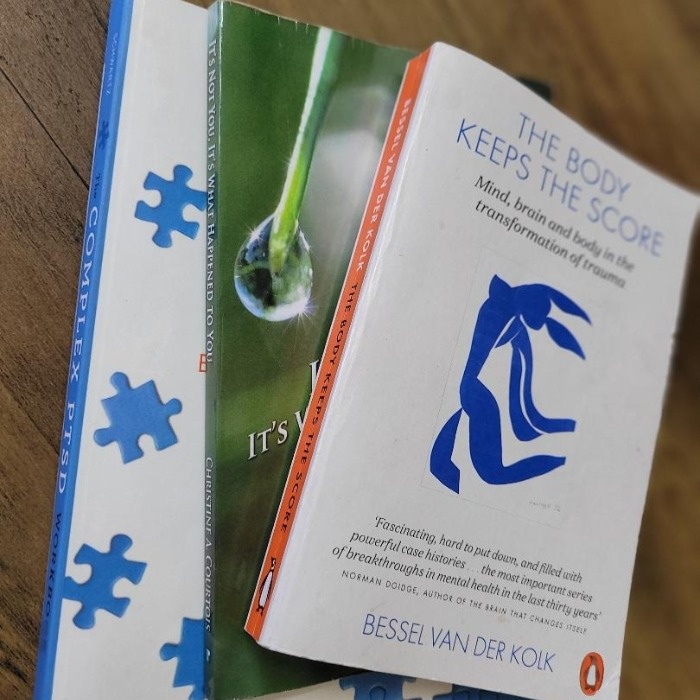What is emdr?

EMDR stands for Eye Movement Desensitization and Reprocessing. It is a therapy originally developed for the treatment of Post-Traumatic Stress Disorder (PTSD), but it has since been found to be extremely beneficial for a wide range of other psychological difficulties, including anxiety, depression, anger and grief. It does not require the discussion of traumatic events in detail and does not require the completion of homework tasks between sessions.

How does EMDR therapy work?
Much of our natural coping mechanisms occur during sleep, in particular during rapid eye movement (REM) sleep, the ‘dream stage’ of sleep. This is the time when the mind is usually able to heal itself naturally, just as the body does. However, when something distressing occurs, our brain can become overwhelmed and the memory cannot be processed, leaving it 'locked' into the nervous system. Reminders of the distressing event can cause ongoing problems as it can feel as bad as the first time, because the images and feelings remain unchanged and 'frozen' in time.
In EMDR Therapy, we work together to identify a particular issue you'd like to resolve. You are invited to bring to mind a particular disturbing event associated with this issue, and notice the images, thoughts, feelings and physical sensations that arise. We then replicate the brain's natural healing mechanism used in REM sleep using 'bilateral stimulation'. This can be done through the use of eye movements, where your eyes are guided to move from left to right, or through the use of headphones (with sounds that move from left to right), or tappers which are held in each hand and provide alternating taps. During EMDR sessions you are fully awake, alert and in control at all times.
Following an EMDR session, most people report increased feelings of calm and describe changes in the event that was distressing, such as images being less vivid. They often report that the memory is difficult to recall and that their beliefs about themselves, others and the world have shifted to being more realistic and adaptive. Please note that the event can still be recalled, but it is no longer disturbing. The reduced experience of trauma responses, such as nightmares, flashbacks and hypervigilance, means that their overall functioning improves, as they also experience less feelings of fear, guilt, shame and mistrust.

Why EMDR Therapy?
Rather than just treating symptoms, EMDR Therapy works directly with the brain to address the underlying core issues. This results in profound, lasting change felt by the whole body. And because EMDR changes the way that the brain processes information and experiences the world, once an issue has been fully resolved, it is unlikely to re-emerge in the future.
EMDR Therapy has been called an ‘accelerated emotional processing method’ because it has been clinically proven to produce results within a shorter time than many other traditional therapeutic approaches. It also does not require you to describe specific details of your trauma, unlike other treatment models that may ask for repeated full descriptions of the event until the distress reduces. This means the therapeutic experience of EMDR therapy is less stressful and more economical for the client.

IS THERE EVIDENCE TO SUPPORT ITS EFFECTIVENESS?
EMDR Therapy has been researched extensively, and approximately 30 randomized controlled studies have found it to be effective for the treatment of PTSD. In 2010 the Australian Psychological Society (APS) noted it as a Level 1 treatment for PTSD, which is the highest rating that can be applied to a specific therapeutic approach.
The World Health Organization endorses EMDR for the treatment of PTSD and EMDR is listed on Medicare Australia’s list of approved Focused Psychological Strategies.
For more information and resources about EMDR therapy:
EMDR Resources - EMDRAA
Trauma and the Nervous System: A Polyvagal Perspective (youtube.com)
The past affects the present even without our being aware of it.
— Francine Shapiro (founder of EMDR therapy)
